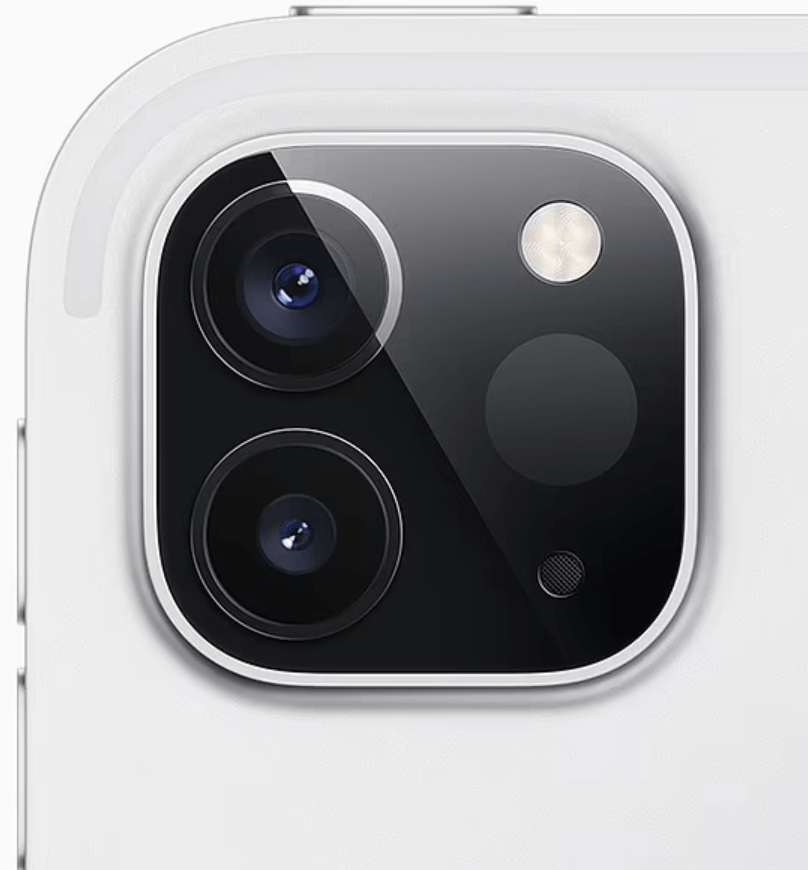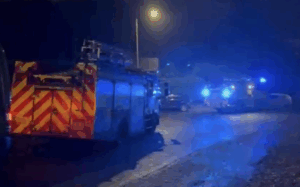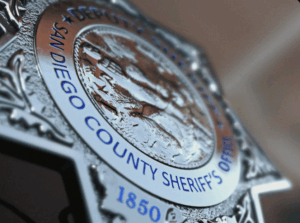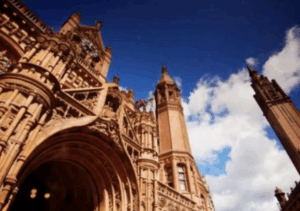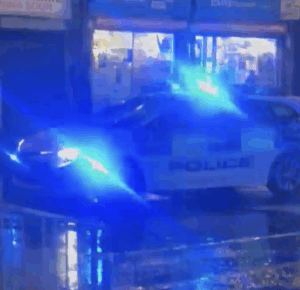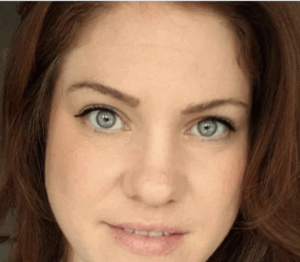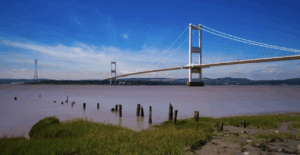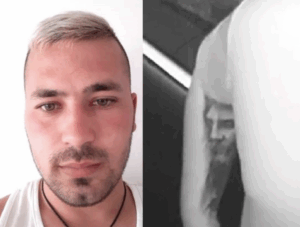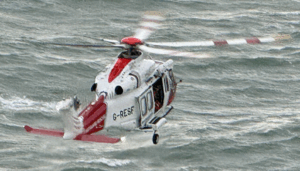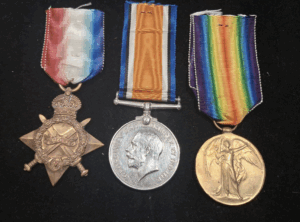Users of the latest iPhone Pro models are finally unraveling the secrets behind a perplexing black circle situated next to the camera array on the back of their devices. With a recent Reddit post garnering 1,400 upvotes, individuals are actively investigating the purpose of this enigmatic feature.
The enigma in question is exclusive to the latest iPhone Pro models and specific iPad Pro editions, and its true utility is now being revealed, showcasing its capacity to unlock a range of innovative applications and features.
While the unassuming dot integrated within the camera array may appear unremarkable, it’s actually a LiDAR scanner—an abbreviation for Light Detection and Ranging.
Functioning as a depth sensor, this LiDAR scanner employs lasers to determine the distance to objects. The mechanism operates by emitting a pulsed laser towards an object and calculating the duration it takes for the light to return. This information empowers the iPhone or iPad to create a three-dimensional representation of the surroundings.
LiDAR technology, used in various applications such as detecting hidden ruins in the Amazon rainforest and facilitating self-driving car capabilities, now finds a new home in iPhones. It serves as the catalyst for advanced photography and augmented reality applications, lending them the ability to gauge distances accurately. Additionally, this technology facilitates automatic measurements, as demonstrated by the capacity to assess an individual’s height.
Apple expounds on this, stating, “The LiDAR Scanner measures the distance to surrounding objects up to 5 meters away, works both indoors and outdoors, and operates at the photon level at nano-second speeds.
Apple’s Measure app, made more efficient by the LiDAR scanner, is endowed with the ability to calculate height, length, width, and area with unparalleled precision. The feature even includes vertical and edge guides for swifter and more precise measurements, subsequently streamlining the measuring process. The integration of Ruler View further refines measurements, and the app empowers users to save measurements, complete with accompanying screenshots, for future reference.
Beyond height calculations and dimensional assessments, this technology heightens the photographic capabilities of Pro models, particularly in low-light environments. The augmented autofocus enables swifter performance.
Various third-party apps capitalize on this technology as well. For instance, Polycam employs the LiDAR sensor for rapid construction of virtual models of objects and spaces, contributing to 3D scanning and room planning. Augmented reality applications also thrive, merging virtual entities with the physical environment.
In Apple’s words, LiDAR empowers apps to “Have virtual content interact with the physical environment realistically, for example, by bouncing a virtual ball off a real-world wall and having the ball follow the laws of physics.”
As users gain a more profound understanding of the black circle’s potential, it is clear that Apple’s integration of LiDAR technology has added layers of versatility to their devices, empowering a plethora of applications and reshaping the way users interact with both physical and virtual worlds.

